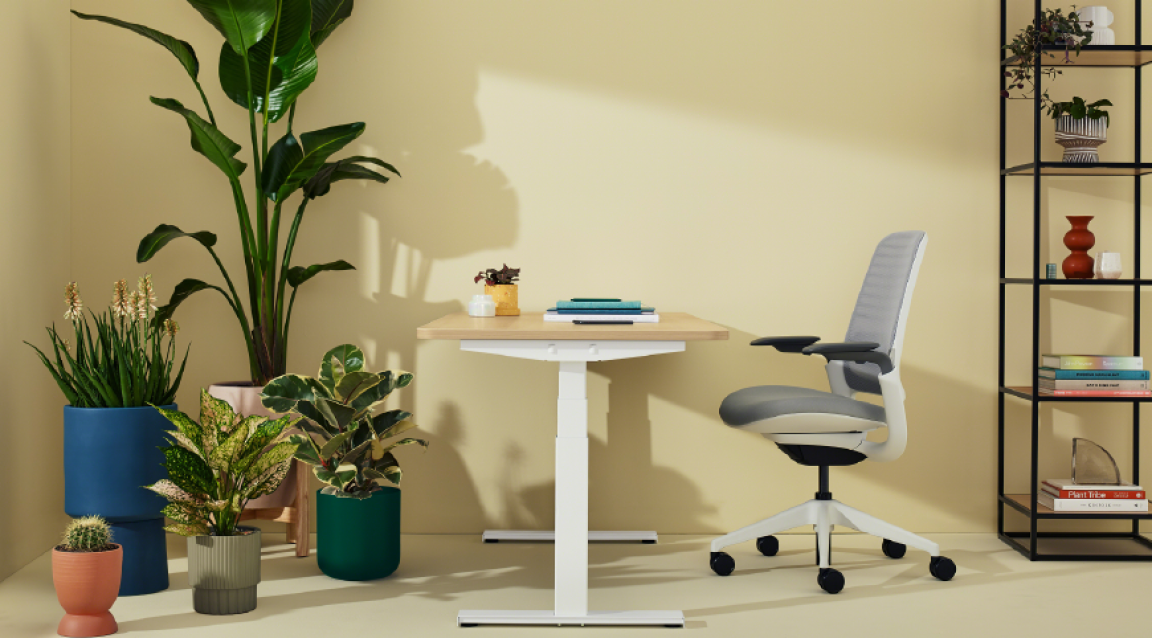
Transforming Workspaces: Exploring Remote Office Furniture Trends
The shift towards remote work has prompted a reevaluation of home office setups, giving rise to innovative trends in remote office furniture. These trends not only prioritize functionality and comfort but also reflect the evolving needs of individuals adapting to the new normal of working from home.
Adaptable and Multi-Functional Furniture
In the realm of remote office furniture, adaptability is key. Furniture that serves multiple functions and can be easily reconfigured to meet changing needs is gaining popularity. From convertible desks that transform into standing workstations to storage solutions that double as room dividers, adaptability enhances efficiency in smaller home office spaces.
Linking the Future: Discover the latest Remote Office Furniture Trends at Ninth World Hub.
Ergonomic Designs for Comfort and Health
As remote work becomes a long-term arrangement for many, ergonomic considerations have taken center stage. Furniture with ergonomic designs, such as adjustable chairs, sit-stand desks, and ergonomic keyboard setups, ensures that individuals can maintain optimal comfort and support while working from home. Prioritizing health and well-being through thoughtful furniture choices has become a prevailing trend.
Integration of Technology in Furniture
With the increasing reliance on technology for remote work, furniture is evolving to accommodate these technological needs seamlessly. Smart desks with built-in charging stations, cable management systems, and integrated lighting solutions are gaining popularity. These tech-savvy furniture options create a more organized and efficient workspace.
Sustainable and Eco-Friendly Choices
Sustainability is a growing concern, even in the realm of remote office furniture. Individuals are opting for eco-friendly materials, recycled furniture, and pieces made from sustainable sources. The emphasis on sustainability not only aligns with environmental consciousness but also contributes to creating a healthier work environment.
Customizable and Personalized Workspaces
Personalization is a key aspect of remote office furniture trends. Individuals are seeking furniture that aligns with their personal style and preferences. Customizable desks, modular shelving units, and personalized decor elements contribute to creating a workspace that reflects the individual’s taste and enhances a sense of ownership.
Compact and Space-Saving Solutions
Given the often limited space in home environments, compact and space-saving furniture solutions are gaining popularity. Foldable desks, wall-mounted storage options, and collapsible furniture allow individuals to maximize their workspace when needed and reclaim space when not working. These solutions cater to the practical aspects of remote work in smaller living spaces.
Biophilic Design for Well-being
Bringing elements of nature into the home office is a rising trend known as biophilic design. Furniture incorporating natural materials, plant stands, and nature-inspired decor contribute to a more calming and aesthetically pleasing workspace. The integration of biophilic design aims to enhance well-being and productivity in the remote work setting.
Versatile Lighting Solutions
Effective lighting is crucial for a productive workspace. Remote office furniture trends include versatile lighting solutions that cater to different tasks and moods. Adjustable desk lamps, ambient lighting options, and smart lighting systems that can be controlled remotely provide flexibility in creating an optimal lighting environment.
Collaborative and Modular Furniture
For those who engage in virtual collaboration and teamwork, collaborative and modular furniture is gaining traction. Modular desks that can be configured for group projects, video conferencing setups, and collaborative seating arrangements contribute to fostering a sense of connection and teamwork in the remote work landscape.
Conclusion
In conclusion, remote office furniture trends are evolving to meet the changing needs of individuals working from home. From adaptability and ergonomic designs to sustainability and personalization, these trends reflect a desire for functional, comfortable, and aesthetically pleasing home office environments. As remote work continues to shape the future of work, the synergy between furniture trends and the evolving nature of workspaces is set to redefine the way we perceive and design our home offices.
